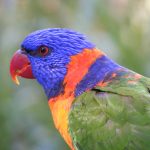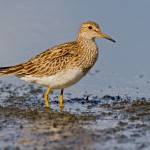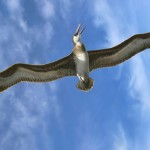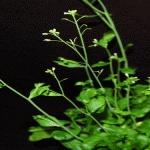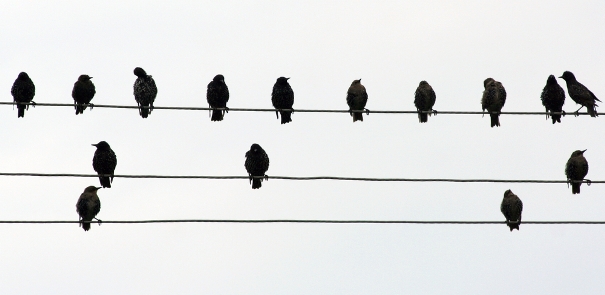
Some birds prefer to live in noisy areas. Image: Shutterstock
The daily din we generate may have more of an effect on the environment than we originally thought.
Plants rely on birds and other animals to disperse their seeds and deliver pollen from one flower to the next. But when the animals behave differently, the consequences could last for quite a few decades.
Studies have shown that some animals increase in number around noisy areas, while others decline. Although this response isn’t entirely understood, Clinton Francis, from the National Evolutionary Synthesis Centre in Durham, US, believes that some species prefer to live in noisy areas because these aren’t inhabited by so many predators.
Clinton and his colleagues decided to determine whether noise has an indirect effect on plants. They decided to conduct their research at the Bureau of Land Management’s Rattlesnake Canyon Wildlife Area in New Mexico, US. The region is home to thousands of natural gas wells which are accompanied by noisy compressors used to extract and transport gas. The scientists, therefore, were able to study the effects of noise on wildlife without confounding factors such as pollution or car collisions, which are often associated with noisy areas.
The researchers conducted experiments on plants that propagate by pollination or seed distribution. They used artificial plants designed to mimic a common red wildflower called scarlet gilia to estimate pollen transfers around noisy and quite areas. They found that one species of bird, the black-chinned hummingbird, made five times more visits to noisy sites than quiet ones.
“Black-chinned hummingbirds may prefer noisy sites because another bird species that preys on their nestlings, the Western scrub jay, tends to avoid those areas,” Francis says. This shows that hummingbird pollinated plants such as scarlet gilia may benefit from noise.
When noise kills a tree
Noise could have detrimental effects on other plant species; for example, the piñon pine, one of the dominant trees in the area, and the Utah juniper rely on birds and other animals to distribute their seeds, but after monitoring the animals that inhabit in the noisy Rattlesnake Canyon Wildlife Area, the researchers found out that the seeds do not survive the passage through the animal’s gut.
After scattering seeds underneath 120 piñon pine trees, researchers used a motion-triggered camera to observe which animals took the seeds. Over three days a number of different animals fed on the seeds, including mice, chipmunks, squirrels, birds and rabbits.
Mice in particular preferred to feed near noisy areas, but the seeds do not survive the passage through their gut. According to the researchers, sites dominated by large mice populations will result in fewer pine seedlings. Francis says that piñon pines may take decades to grow to a full-grown tree, which means that the consequences of noise may last longer than we thought.
“Lower seedling recruitment will eventually mean that large areas will have an altered piñon pine to juniper ratio,” Clinton says. “This is important because many hundreds of species including species of fungi, insects, plants, mammals and birds are closely associated with piñon. Less piñon may mean less available habitat for these species that rely upon it.”

